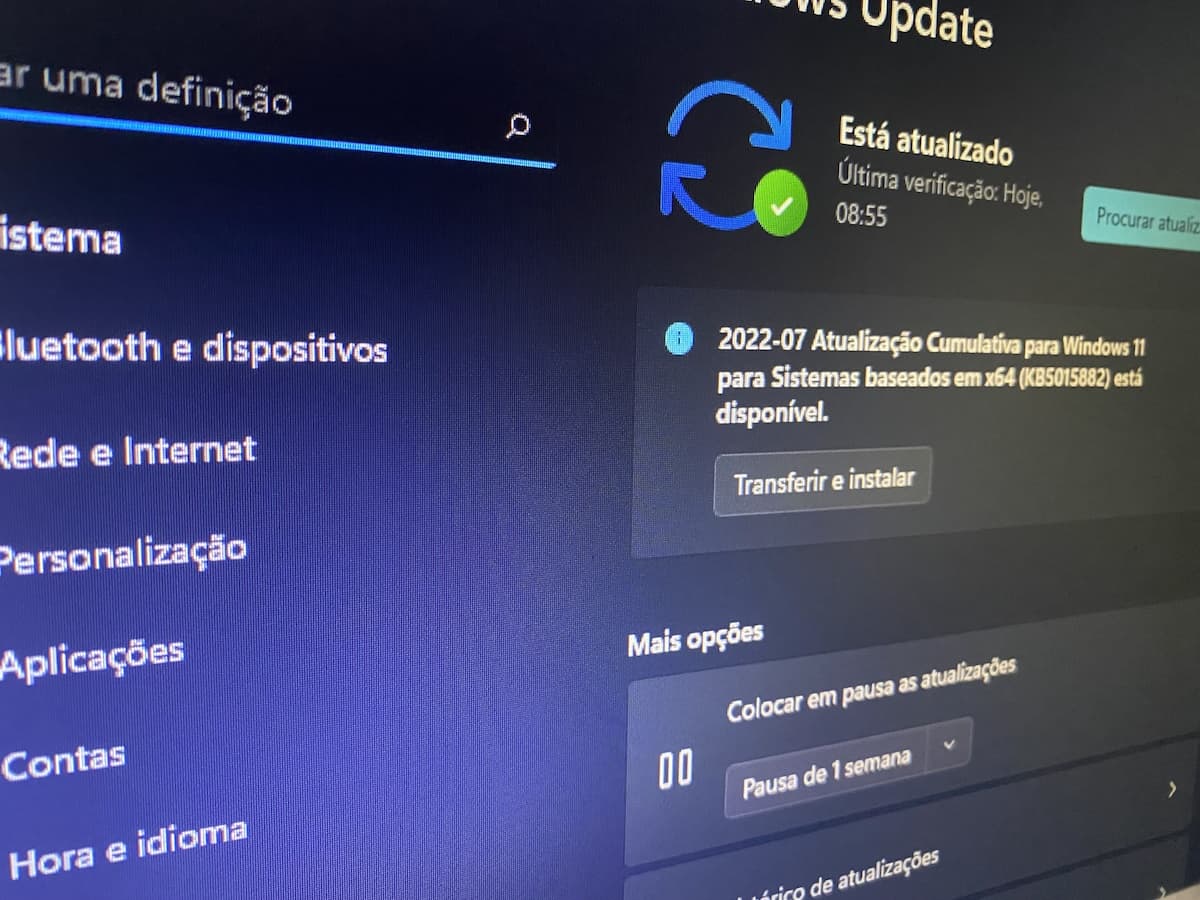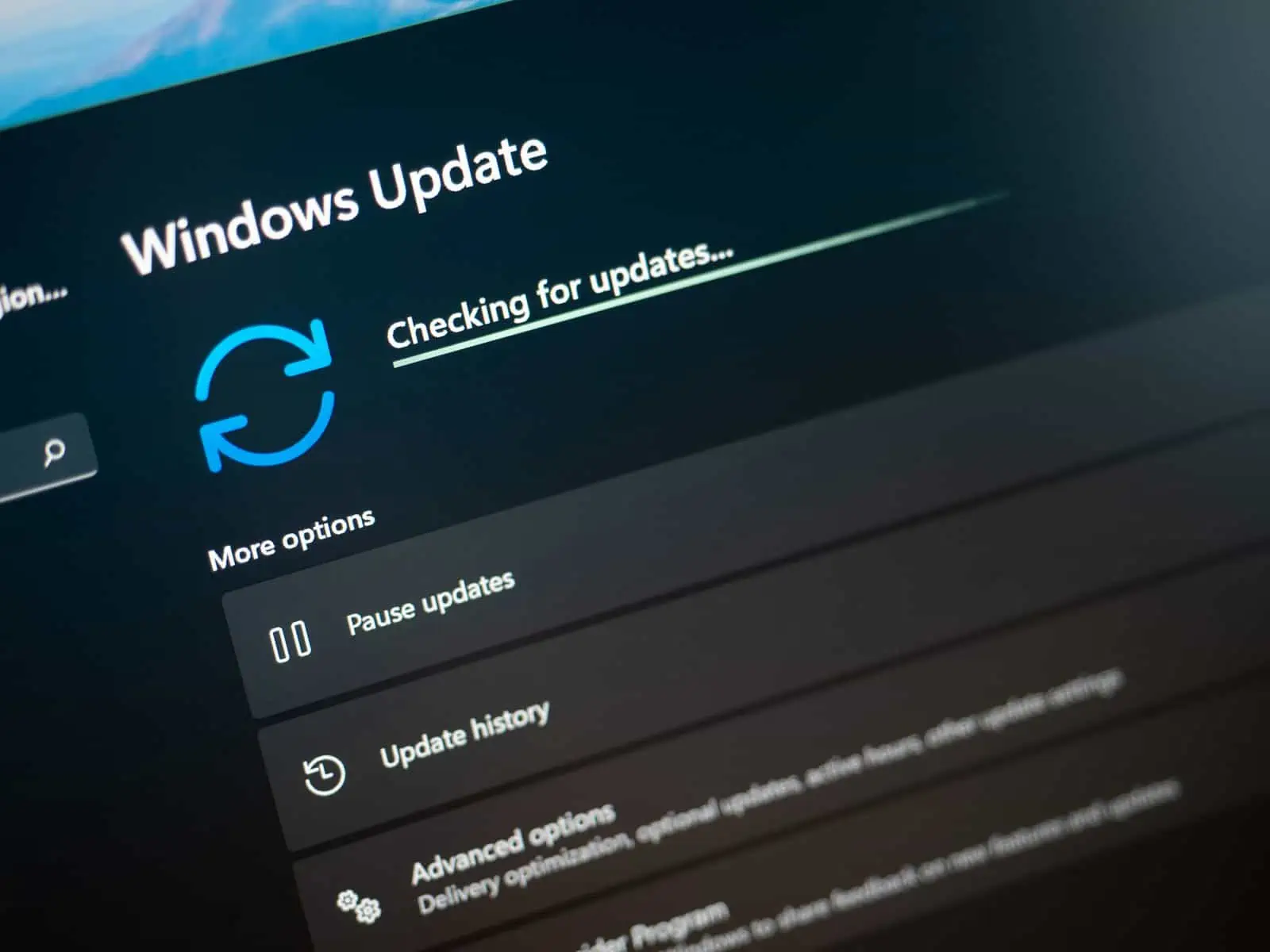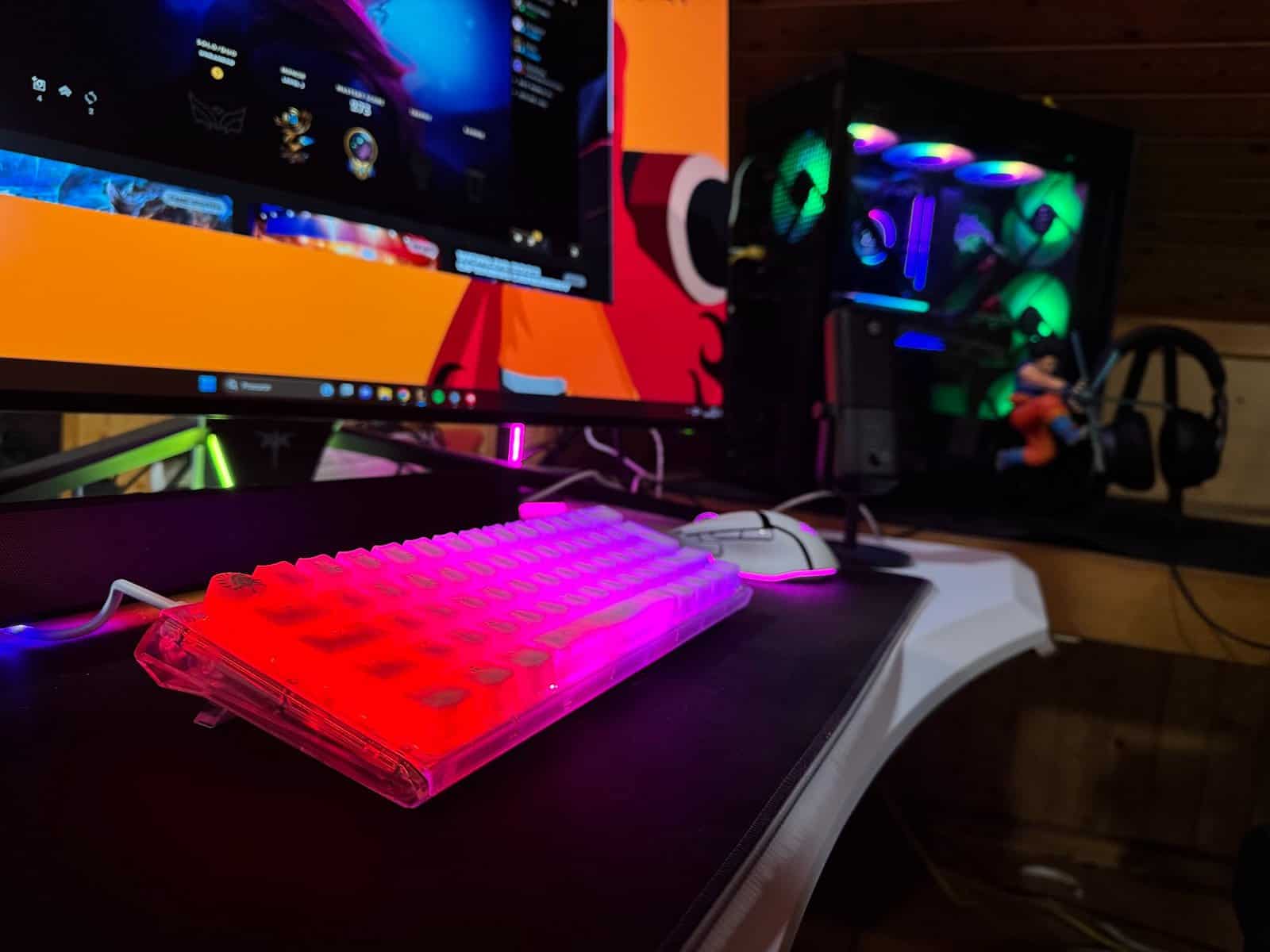Windows dominates the PC world, but in an increasingly mobile-focused world, which of course doesn’t have a big presence from Microsoft (especially after the “death” of Windows Phone), the idea of reinventing the method is undeniable. It’s all done, and it works.
This is exactly why Windows has evolved, will change, and become more compatible with all types of devices. Yes! Even those that depend on other operating systems.
The windows of the future will be smarter and more compatible… with everything!
So, in a perfect world, you could use one type of device, with any other type of device, and it would work almost perfectly, 100% of the time. But…that’s not how the world of technology works today. Unfortunately, ecosystems are becoming increasingly closed, with each manufacturer protecting what it owns, forcing consumers to make more assertive choices.
That’s why Huawei has a superior hardware system, with which it can connect smartphones and laptops from the same manufacturer, which is very close to perfection. After all, you can even control a smartphone through a laptop, or a laptop through a smartphone. It was unbelievable. In addition to this system, we also have the Samsung Connected Experience, which integrates Samsung smartphones and computers, in a much better way than usual.
But while Huawei and its ecosystem have disappeared, Samsung, and other manufacturers, are increasingly focusing on PC connectivity. like? Through Windows 11 or 12 of course. Which is exactly why the aforementioned Galaxy Connected now opens the doors to compatibility in features like Quick Share. A feature that facilitates the process of sharing files between Samsung smartphones and tablets, with any type of computer based on the Microsoft operating system.
Multi-device experiences are becoming increasingly important!
This is why Samsung is betting on technology, and perhaps more importantly, Qualcomm takes this into account when developing processors for new generations of Android devices (Snapdragon Seamless).
Microsoft can’t let the train pass, and as such, it will also invest in MDE technology.
How can this work?
For example, if you are watching a movie or series on your Android or iOS smartphone, as soon as you open your Windows laptop, you will receive a message asking if you want to continue consuming the multimedia content, now on your PC.
Having said all that, according to a recent Microsoft patent, the plan is to integrate Windows, Windows Phone, QNX, IBM z/OS, Linux, Android, iOS, OS
Windows MDE technology also allows (in theory) communication with computer-readable media, I/O, and network interfaces. Which in turn will allow remote control of devices.
However, I’m being very honest, I don’t think this will come to Windows 11! It should be one of the main features of Windows 12. In other words, the next generation of Microsoft’s operating system with a release date scheduled for 2024.
Microsoft knows it has to evolve. As such, it will bet big on artificial intelligence and, as we said in this article, on MDE (multi-device) technology.

“Coffee trailblazer. Social media ninja. Unapologetic web guru. Friendly music fan. Alcohol fanatic.”



